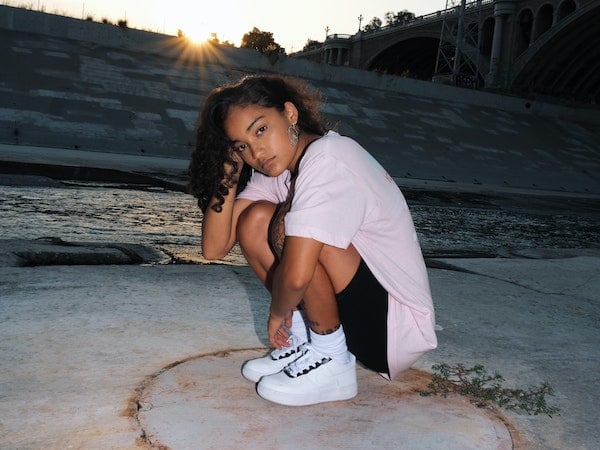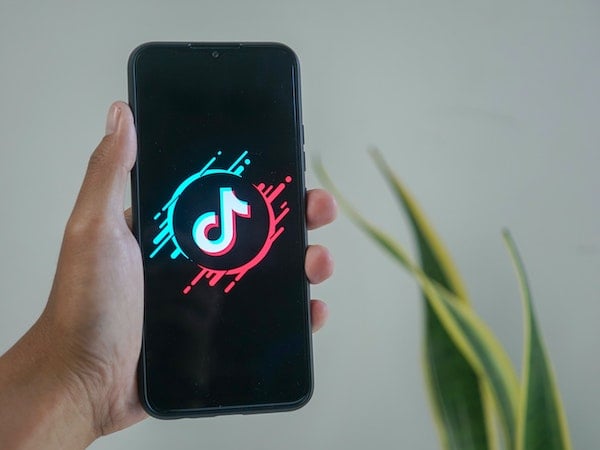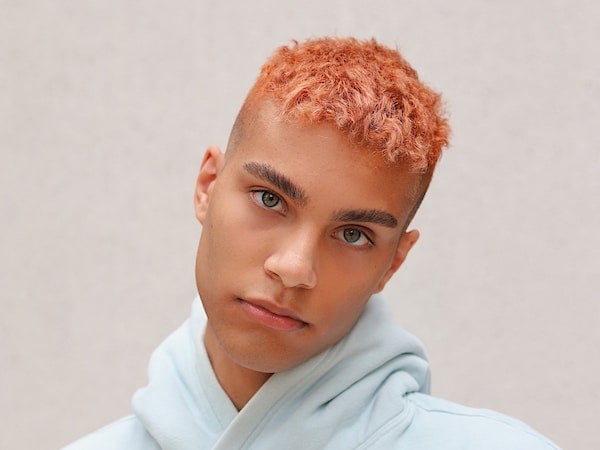Gen Z is one of the most sought-after demographics among marketers today, and for good reason. According to a 2021 report by Bloomberg, today’s teens and young adults command an estimated spending power of $360 billion, a figure that will only increase as more students enter the workforce. With young people remaining the perennial gatekeepers of “cool,” the demographic is also increasingly influencing what older generations wear, watch, and even eat.
Since breaking onto the scene in 2016, TikTok has become practically synonymous with Gen Z trends, and the platform has proven to be a powerful tool for brands to connect with this elusive cohort. Yet while the impact of TikTok campaigns on Gen Z is undeniable, many brands still have questions about how to effectively leverage the social platform and win over a new generation of consumers.
In the latest installment of our Virtual Views webinar series, TikTok & Gen Z: Influencer Marketing Strategies for Success, we sat down with TikTok marketing experts to discuss best practice brands can use to reach Gen Z audiences with creator-led campaigns. Moderated by Sam Kimmel, Strategic Partner Development, Global Creator Ecosystem at TikTok, our panel included:
- Matt Higgins, VP of Account Strategy at Blue Hour Studios
- Madeline Balicoco, Influencer Program Manager at Webtoon
- Alyssa Van Liere, Sr. Account Manager at Riddle & Bloom
We’ve covered a few highlights from our conversation below, but be sure to watch the full webinar for more actionable guidance on reaching Gen Z through influencer marketing on TikTok.

Gen Z Craves Personalization, Authenticity in Marketing
One of the biggest mistakes that marketers make when targeting Gen Z is assuming that these young people operate as a monolith. Even more so than older generations, Gen Z consumers strongly identify with subcultures, and seek out entertainment that speaks to their own unique interests. That’s one reason why the demographic has gravitated en masse to TikTok, which serves up hyper-personalized content on its “For You” page.
Gen Z’s desire for curated, individualized experiences goes hand in hand with the high value that Gen Z consumers place on authenticity: young people want content that not only speaks to them, but does so in a genuine way.
Because Gen Z-ers will disregard TikTok posts that feel irrelevant or performative, brands looking to connect with Gen Z on the platform need to be confident that they know their audiences. In order to tell stories that genuinely resonate with the demographic, marketers require more than a surface-level understanding of what makes Gen Z tick. Influencer marketing puts brands at a tremendous advantage in this regard: because TikTok creators have a detailed understanding of their fans’ interests and preferences, they’re able to produce content that feels real and relatable to members of a distinct subculture.
“Gen Z really wants to feel that the content they’re consuming is fan-made and fan-led, and that it’s something they could relate to—something they personally think is cool, and something they actually want to engage with. We see that influencer marketing ties into that, because these are people that know what feels authentic, and what feels cool and fun, to a consumer who wants really personalized content and wants to feel genuinely entertained.”
Madeline Balicoco

To Capture TikTok Users’ Attention, Brands Need to Lean on Creators’ Expertise
It’s no secret that Gen Z-ers’ attention spans are limited. As the first generation to have grown up with the internet, Gen Z is used to being inundated with information, and quickly filters out messaging that doesn’t align with their interests. This is particularly true on TikTok, where videos that don’t win over viewers within a few seconds will be skipped in favor of more captivating content.
The urgency with which brands must captivate TikTok audiences turns the old rules of social marketing on their head. Across most major social platforms, it’s a best practice to lead with branded messaging, but the opposite is true on TikTok: promotional content must first engage viewers, then guide them to a CTA.
Because TikTok content’s entertainment value is far more critical to its performance than its alignment with a particular marketing story, it’s best for brands to let creators take the lead with campaign messaging. TikTok creators are experts at entertaining their fans, rendering them better equipped than marketers to produce videos that hook audiences. Rather than expecting partners to promote a product or service in accordance with a pre-written script—resulting in content that feels dry and transactional—brands should encourage creators to put their own distinctive spins on a general idea.
“The key is instead of [focusing on] us and the messaging we want to put out there, we really need to think about, who are the people on this platform? What are they going to like about these first two seconds? Why should they keep watching this video? What would make it entertaining enough for them to have a strong CTA?”
Matt Higgins

To Thrive Amid TikTok’s “Creative Chaos,” Marketers Must Rethink Brand Safety
TikTok conversations are fast-paced, unpredictable, and sometimes downright weird. This element of chaos is part of the platform’s appeal, but it presents a challenge for brands accustomed to tightly controlling their narratives. Teams that follow traditional brand safety precautions, which require moving slowly to accommodate thorough approval processes, will miss opportunities to capitalize on TikTok’s rapidly evolving trends.
Instead, marketers looking to reach Gen Z need to trust their partners to produce thoughtful, engaging content. It’s important to understand that deviations from a brand’s planned campaign story may actually render posts more compelling to TikTok creators’ audiences. That said, in order to ensure that a TikTok activation has its desired impact, teams should take care to clearly communicate any critical messaging pillars—like information about a product launch or promotion—to campaign participants.
“Brand safety is really important…but that traditional approach ends up slowing you down and making you a bit more inauthentic. You really need to embrace the fact that on TikTok, there’s more creative chaos.”
Matt Higgins

Content-Level Metrics Are Key to Evaluating TikTok Campaign Performance
Measurement is an integral part of any effective marketing strategy, and TikTok is no exception. While many of the same metrics that brands use to evaluate their overall influencer marketing performance—including impressions, engagements, share of voice, and ROI—remain relevant on TikTok, teams should keep a particularly close eye on content-level analytics.
Unlike other major social platforms, TikTok’s algorithm curates users’ feeds based predominantly on the relevance of individual posts, rather than followed accounts. Consequently, a TikToker creator’s follower count and follower demographics won’t necessarily predict their content’s reach, engagement, and audience demographics. Rather than focusing on high-level campaign and channel metrics, brands should take the time to conduct post-by-post analyses of their partners’ content, then leverage these insights to coach creators when planning future initiatives.
“[On TikTok] you could have 10 followers, but get a million views, or you could have a million followers and get a few thousand views…it's really about the content. So, we look for the metrics that show how the content itself performed.”
Alyssa Van Liere

TikTok represents a massive opportunity for brands looking to reach not only a Gen Z audience, but consumers across generations. However, to build genuine affinity and inspire audiences to take action, brands need to work collaboratively with creators. By putting TikTokers’ own voices at the center of your campaigns, and leveraging content-level performance insights to hone your strategy, you can drive full-funnel engagement on the world’s hottest social platform.


